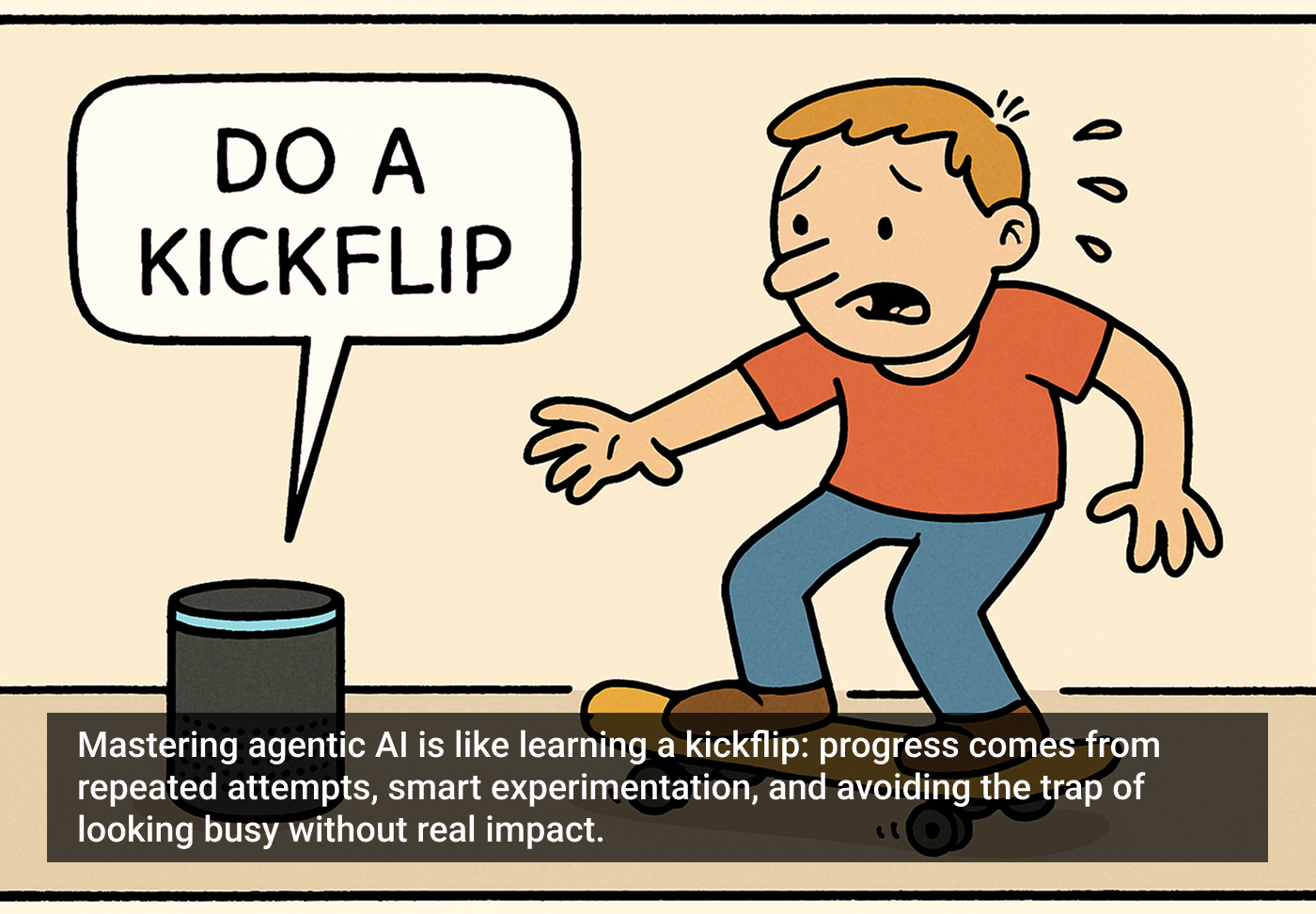“I like the idea of organizations having a longer-term view of what our workforce will look like years from now and actually being thoughtful about how we get there.” — Greg Vert.
Topics include digital transformation at enterprise level, the impact of ChatGPT on AI adoption, and the wisdom of starting automation journeys internally. Join OneReach.ai CEO and co-founder Robb Wilson and UXM contributing editor Josh Tyson each week as they explore the realms of conversational AI and hyperautomation.
Subscribe to UX Magazine wherever you listen to podcasts. You can also watch episodes on the Invisible Machines YouTube channel.









